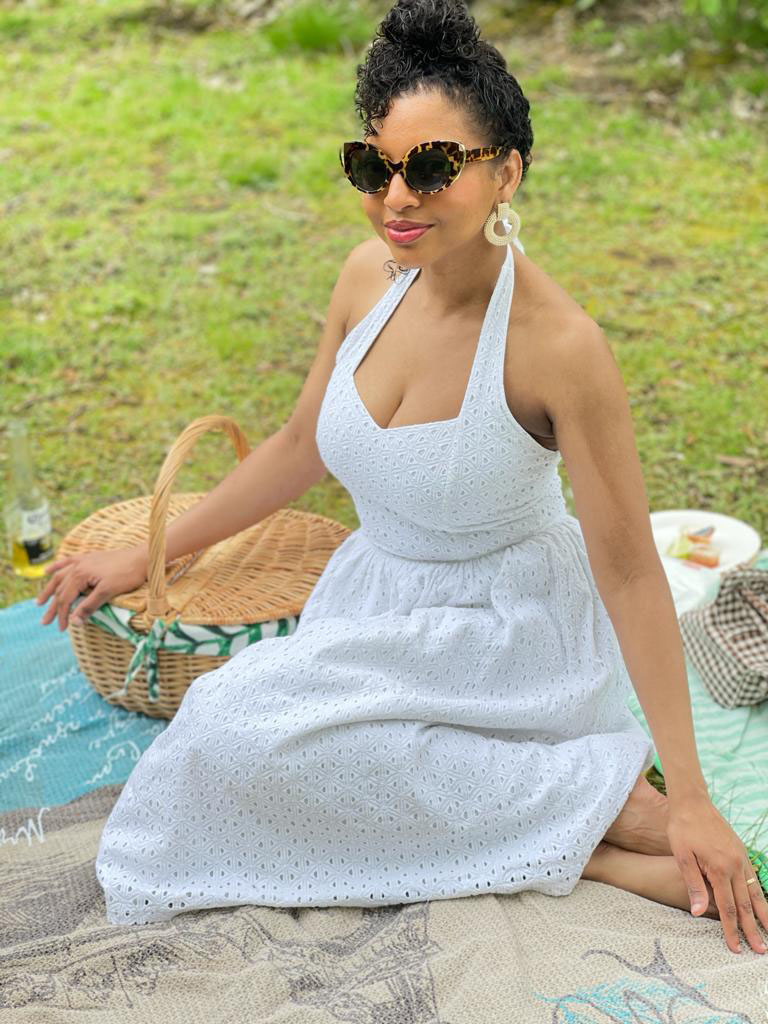
I am hardly ever an impulsive shopper, even when the price is tempting. Material and craftsmanship have always been important to me and time and time again I am reminded why this is so. Last week, I pulled out a dress from seven years ago that was made by my seamstress in Guyana. It took me down memory lane.
Growing up, trips to the seamstress happened almost every month. Shopping for lining material in matching colours was usually the most difficult thing to do. The process of being fitted was always so relaxing and personal. It helped me to appreciate my body but more so the labour that goes into producing a single piece of clothing. With the majority of my church clothes being sewn, I quickly got to see how poorly made clothing held up against them. I learnt the different variations in fabric and silhouettes which made it easier for me to decide quickly what I didn’t like.
The process for buying clothing today isn’t so time consuming. With just the click of a button you can have an entire ensemble delivered to you. We spend more time on our phones looking for inspiration and admiring the sea of clothing options on Instagram models and then hardly thinking about what we like as individuals. The low cost of clothing, too, makes it feel disposable. Why treasure and value if you can get two things for the price of one. In addition, with more and more online retailers offering ‘buy now pay later’ services like Klarna, and PayPal, the consumer has the chance to be even more impulsive. Money is temporarily subtracted from the equation; payment in instalments is becoming more popular.
How could we ever continue to value anything if the process has become so accessible while at the same time not requiring much thought in the procurement and payment stages? The average person throws away approximately 30-35 kg of clothing each year and while all might not be linked to the aforementioned reasons, it is clear they are not loved enough to be kept. Perhaps love and memories are foreign things to associate clothes with. Perhaps trying to make more of an effort to get things traditionally done would help us reflect on craftsmanship and the effort that goes into producing clothes. Perhaps we may see how difficult it is to part with them when lengthy stories are attached to them.
I suppose this dress carries more than a memory but rather a lesson; quality lasts.






